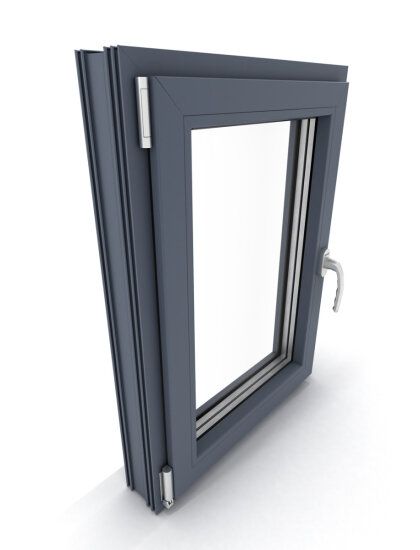Improving ventilation to reduce moisture
One of the most effective ways to tackle condensation is by improving ventilation within your home. Proper air circulation helps to reduce the buildup of humidity, which is a primary cause of window condensation. Using extractor fans in kitchens and bathrooms, where steam is most prevalent, can significantly lower indoor moisture levels. Cooking, showering, and even breathing can contribute to high humidity levels, making adequate ventilation essential. Additionally, opening windows slightly, even during winter, can help to release humid air and introduce fresh, drier air into your home. For households concerned about heat loss, trickle vents or modern ventilation systems can provide continuous airflow without causing discomfort. If opening windows isn’t feasible, consider investing in a mechanical ventilation system to maintain optimal air quality without losing too much heat.
Controlling indoor humidity levels
Maintaining a consistent indoor humidity level is essential in preventing condensation. Dehumidifiers are a practical solution for reducing excess moisture in the air, especially in poorly ventilated spaces such as basements or utility rooms. Modern dehumidifiers are energy-efficient and can be adjusted to maintain optimal humidity levels. Hygrometers can help you monitor indoor humidity, ensuring it stays within the recommended range of 30-60%. Everyday activities such as drying clothes indoors, cooking without lids, or taking long hot showers can dramatically increase indoor humidity. Being mindful of these activities and taking steps to mitigate their impact, such as using tumble dryers, vented extractor fans, or covering pans while cooking, can make a noticeable difference. Proper habits and technology together can help maintain a comfortable indoor environment.
Using double-glazed or insulated windows DAKO
Upgrading to double-glazed or insulated windows DAKO is another effective way to reduce condensation during winter. Double-glazing works by providing a layer of insulation between the indoor and outdoor environments, reducing the temperature difference that leads to condensation. The inner pane stays warmer than single glazing, minimising the chances of moisture settling. In addition to minimising condensation, double-glazed windows also improve energy efficiency and reduce heating costs. For homes with older windows, applying secondary glazing or using insulating window film can offer similar benefits at a lower cost. Ensuring that windows are properly sealed will further enhance their performance against condensation. In older homes, draught-proofing around the window frames can also prevent cold air ingress and condensation buildup.
Managing heating and indoor temperatures
Maintaining a steady indoor temperature can help to reduce the occurrence of condensation on windows. Sudden drops in temperature can cause surfaces to cool rapidly, increasing the likelihood of condensation forming. Using central heating consistently rather than intermittently can help to keep surfaces warm and reduce moisture buildup. Programmable thermostats allow you to maintain consistent temperatures efficiently, ensuring that all parts of your home, including windows, remain warm enough to prevent condensation. Additionally, using radiator shelves or strategically placing furniture away from walls and windows can improve airflow and even heating throughout your home. Layering these methods with proper insulation will enhance overall comfort and reduce condensation risks.
Preventing mould and maintaining cleanliness
While reducing condensation is essential, preventing mould growth that can result from it is equally important. Mould not only looks unsightly but can also lead to health issues such as allergies and respiratory problems. Wiping away condensation from windows promptly each morning prevents water from seeping into window frames or walls, reducing the risk of mould. Cleaning windows regularly with a solution of water and vinegar can also discourage mould formation by eliminating spores. For persistent condensation issues, anti-mould paint or sprays can be applied to affected areas to provide an additional layer of protection. Additionally, regularly inspecting and maintaining window seals, sills, and frames will prevent minor issues from escalating into significant problems. By addressing condensation proactively and maintaining cleanliness, you can ensure a healthier living environment for you and your family during the colder months.













